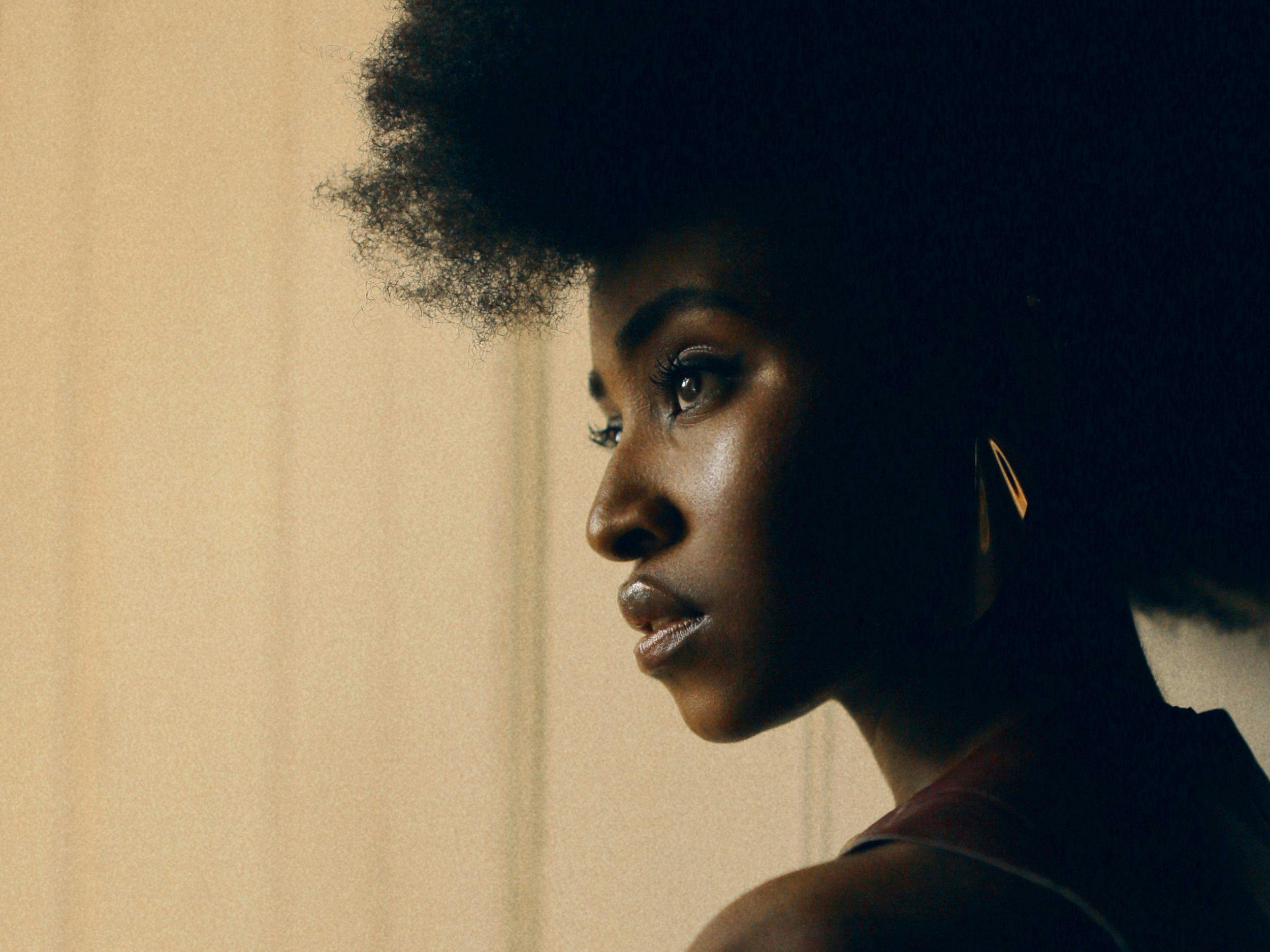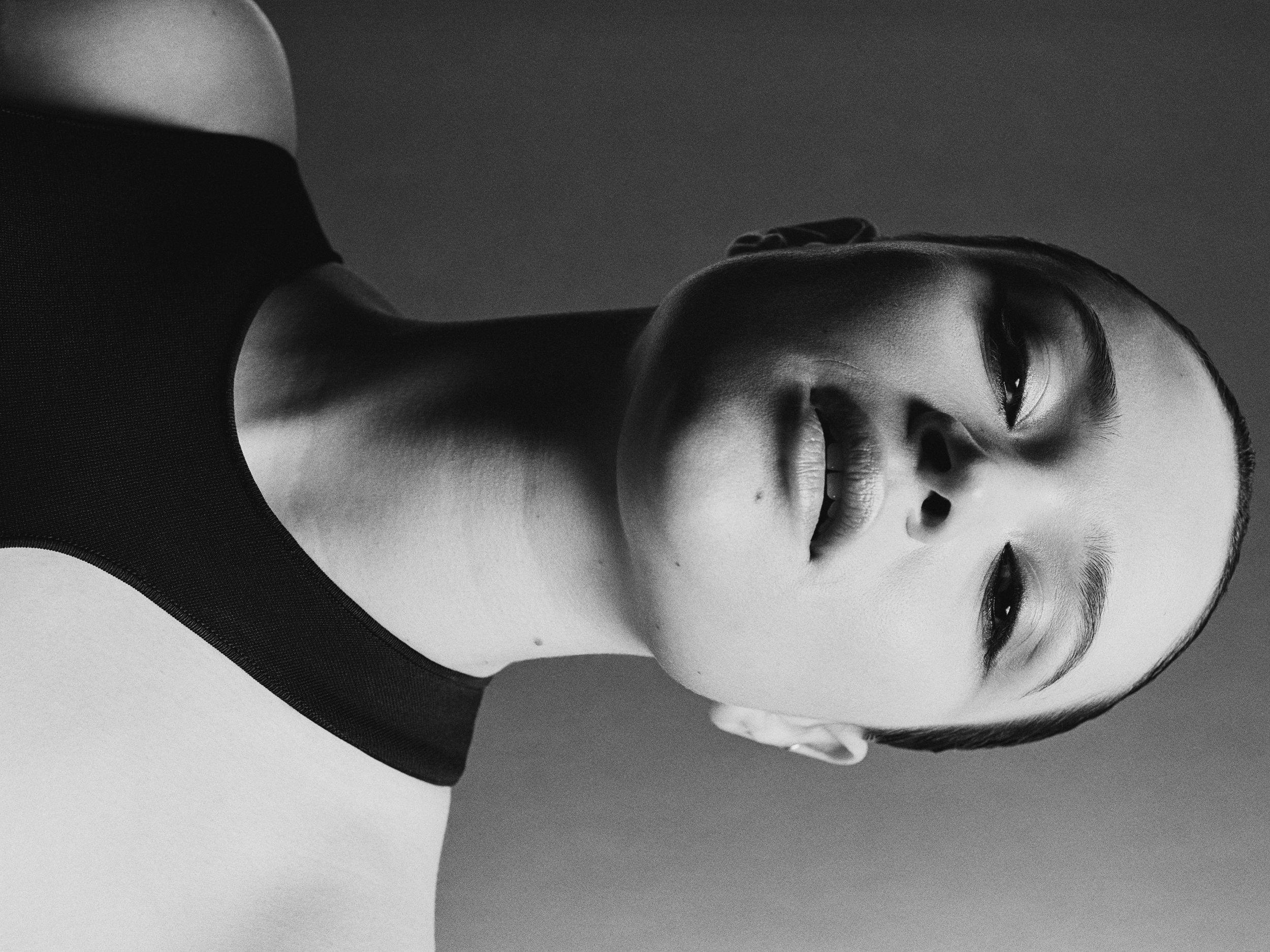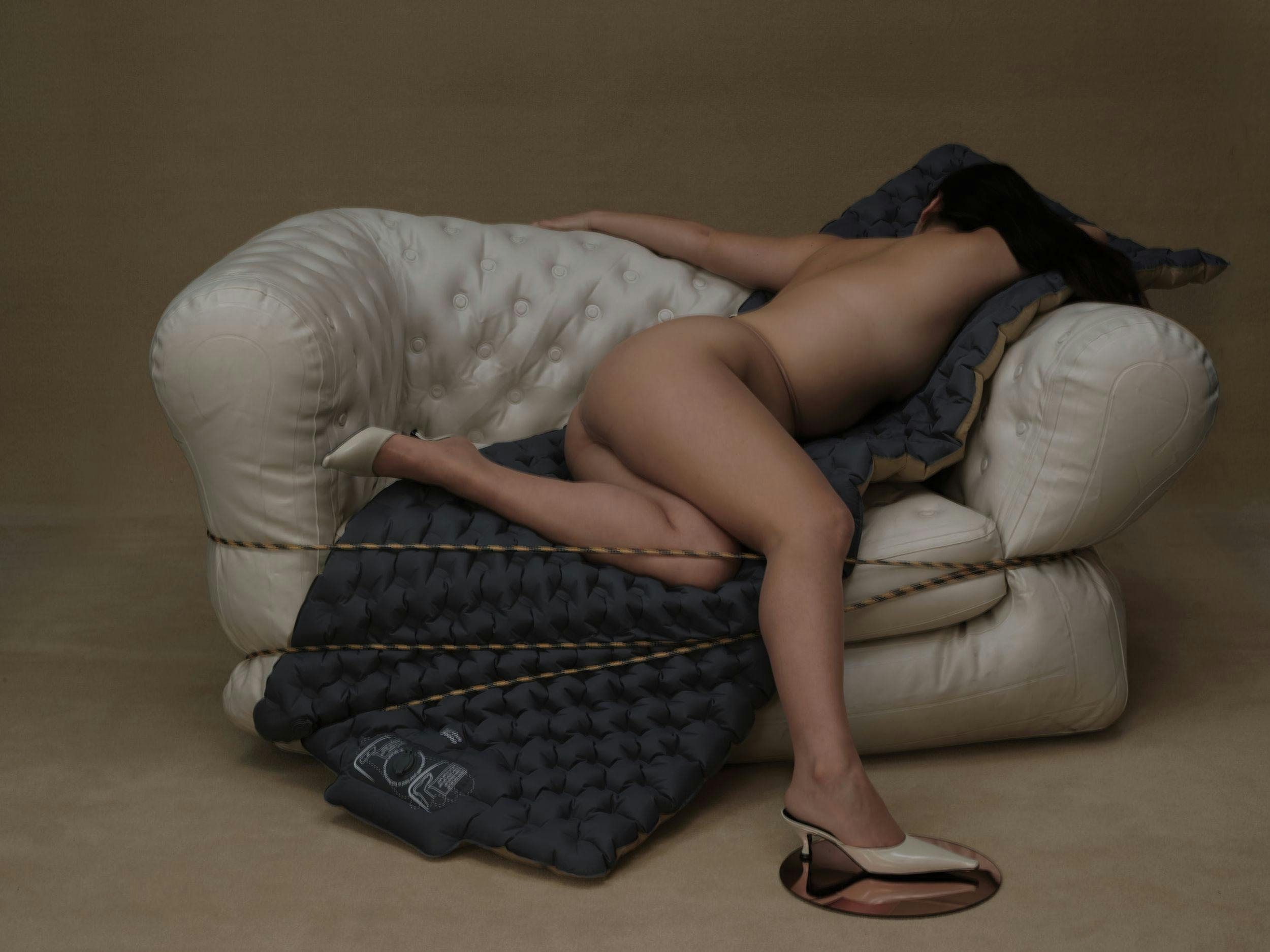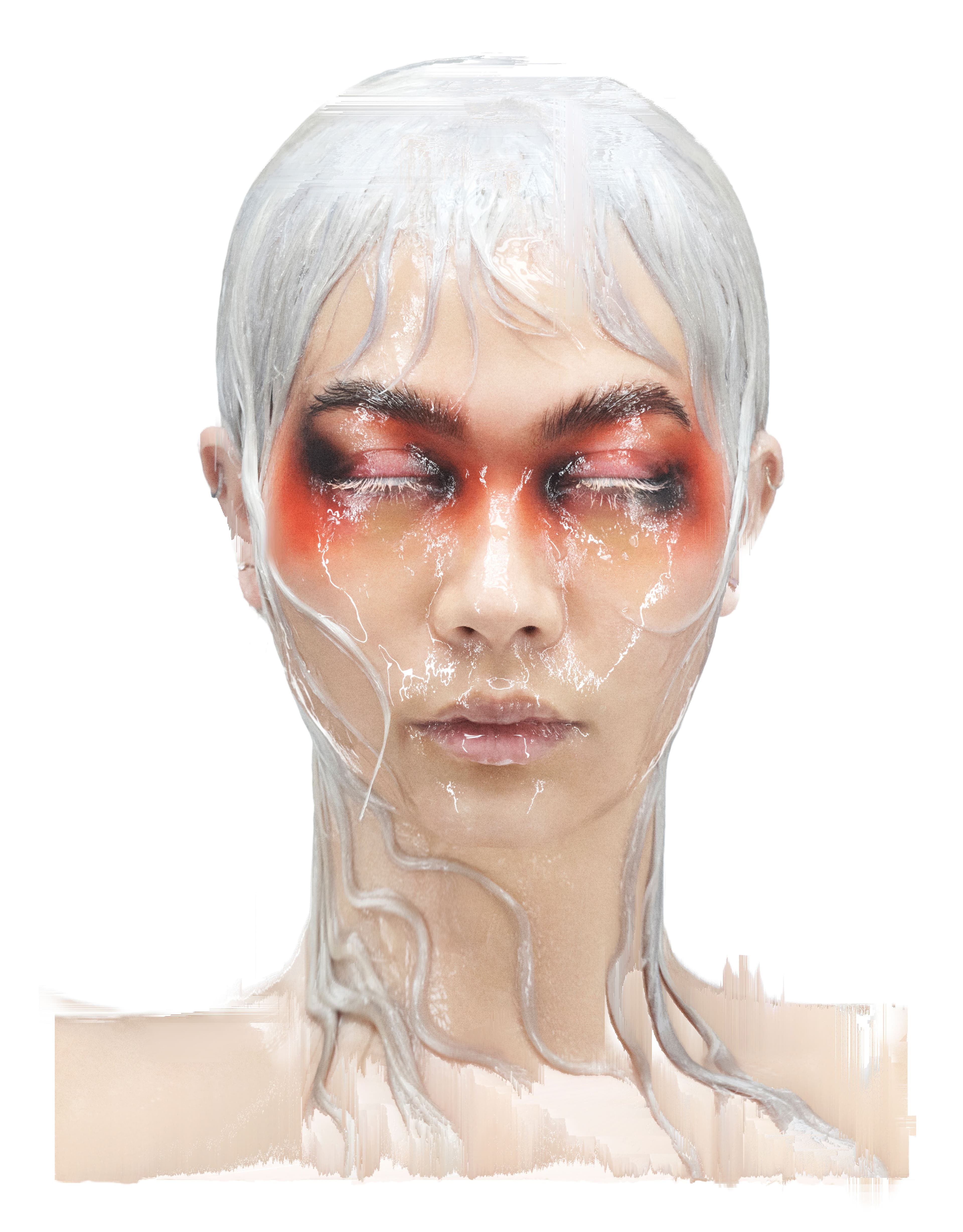
The Many Faces of Hayley Kiyoko
In the past nine years, since the release of her breakout hit single “Girls Like Girls,” Hayley Kiyoko has become a multi-hyphenate force, an actor, singer, and now author who has long been known as a heartthrob icon to a generation of young queer women. After first coming to public attention as a child actor, she has since released and toured two pop albums filled with R&B-inspired melodies and snappy earworm hooks. Last year, she adapted “Girls Like Girls,” a song centered on the validity of queer relationships in young girls, into a young adult novel that reached the top of the New York Times’s Best Seller list.
On a Tuesday morning late last year, Kiyoko was at first somewhat quieter and more reserved than the bubbly persona she presents on camera and stage when we discussed our respective mornings over Zoom. She was dressed down in a black hoodie with her hair pulled back, as opposed to the confident performer often seen draped in pride flags and glitter at public events. As she opened up, she spoke with a laid-back focus and a gaze that pulled me into her every word. Even over a video call, her confidence was just as palpable but less pronounced.
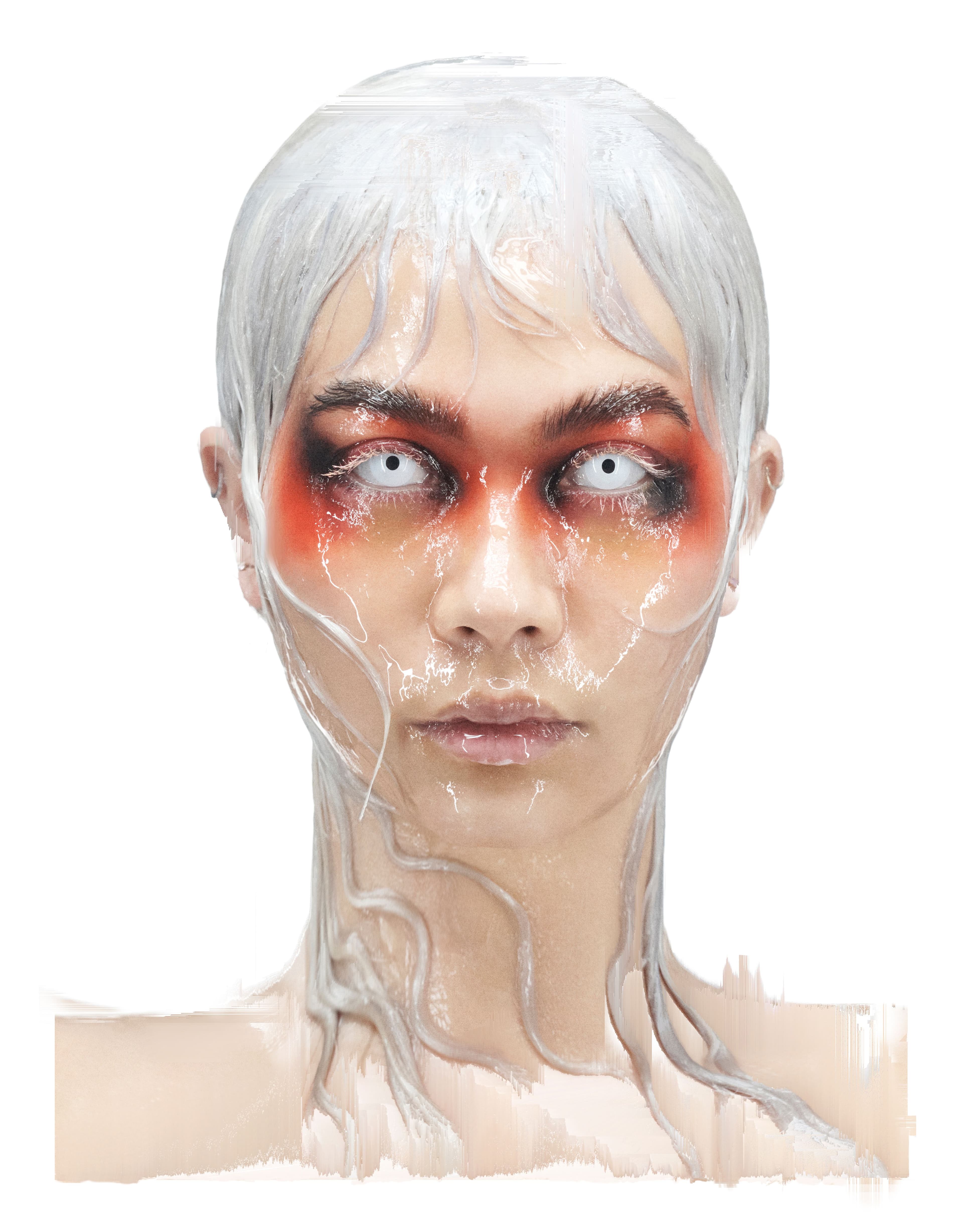
Kiyoko was introduced to the reality of a creative career at an early age. It began with her mother, a renowned ice skating choreographer whose process she watched as a child. “I was always killing time in ice rinks while she was choreographing and directing,” she says. “Growing up was a very colorful, imaginative environment because both my parents love to create and to dream.” Her parents, she adds, were equally supportive of her passions and realistic about the challenges of pursuing art as a professional career.
Coming of age is a running theme in Kiyoko’s lyrics, visuals, and now her novel. Within her work, she often looks back at her teenage years and attempts to heal her inner child. “Gravel to Tempo,” the lead single off her 2016 EP Citrine, for example, depicts a young woman in the process of discovering she is attracted to other women. In the accompanying music video, Kiyoko plays a high school student who forges a new path through the tangle of adolescent cliques by conquering her fears and societal pressures. “My perspective on my dream has evolved. I’ve built more self-love for myself. That’s the biggest shift,” she says. “I think growing up was like, ‘I want to achieve this, but I am not good enough and no one will accept me if they know I’m gay.’ I didn’t feel like there was hope for me to be a pop star because I didn’t feel like I saw an out lesbian pop star charting when I was younger.” She eventually came to understand the possibilities of her aspirations: “My perspective has heavily shifted because I believe that it is possible and that you can break the glass ceiling. If you haven’t seen someone do something, that doesn’t mean that it can’t be done.”
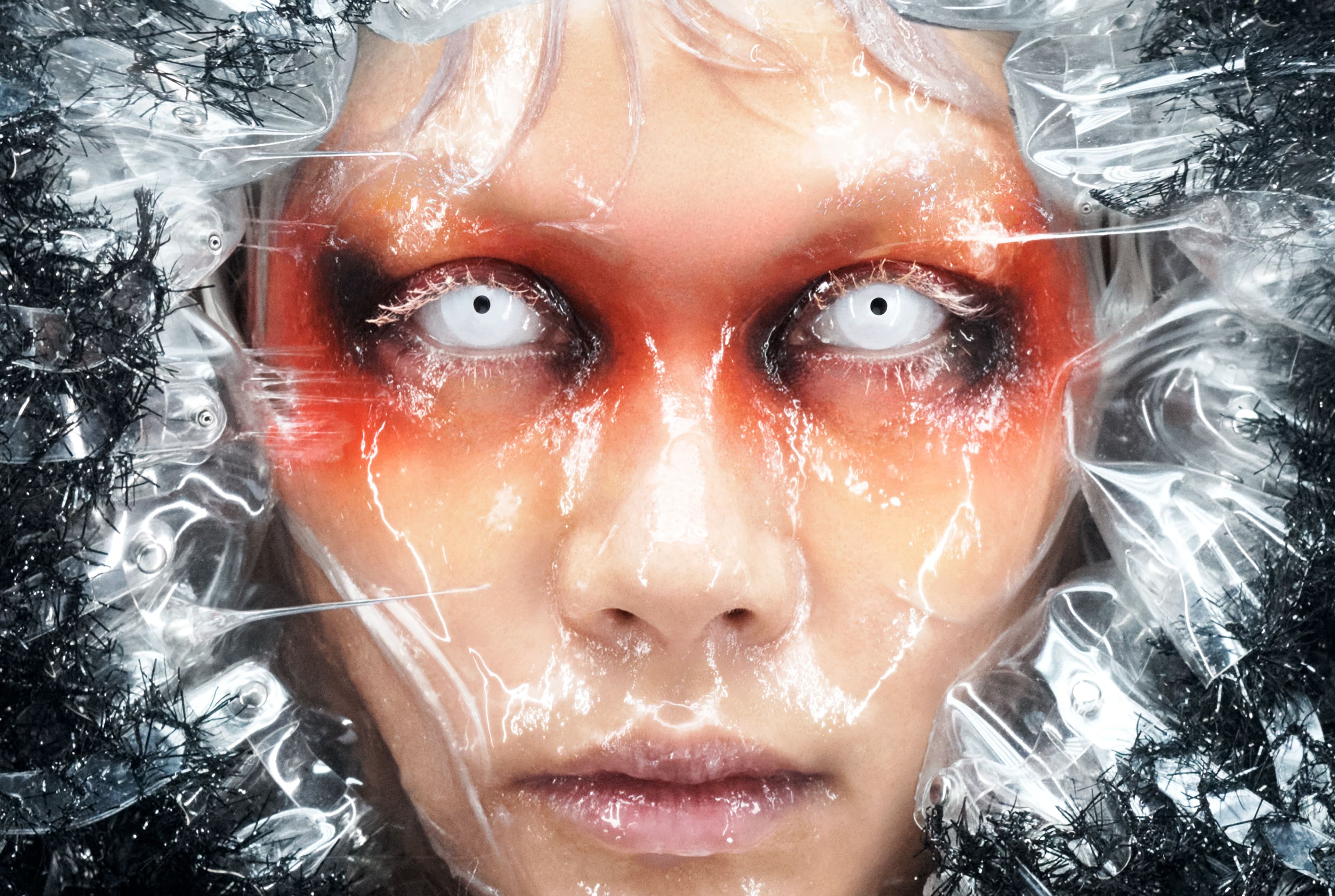
COAT by Noir Kei Ninomiya
At this moment, I pause to thank Kiyoko for everything she has done for me and so many other young queer women trying to find themselves and tell her how her work affected me as a young lesbian of color entering the world of writing and filmmaking. It is partially because of her that I now know what is possible. Her impact can be felt in the sellout crowds that attend her shows around the globe and the rise in fellow lesbian and queer figures in popular music such as Rina Sawayama, Fletcher, and G Flip. My confession seems to take her aback, but she seems deeply touched.
The seeds of Kiyoko’s path to becoming Lesbian Jesus, as she is known to her fans, were planted when she began writing and journaling as a mechanism for coping with not feeling represented in mainstream media. Her queerness had come to seem like a dominating factor because of the emphasis society placed on that facet of her life, but she wanted to be seen in full. Once she began to love her identity as a lesbian, she began to love her culture as a biracial person, half Japanese and half white, as well. She recalls often feeling neither white nor Asian enough as an adolescent but beginning to appreciate her complexity later in life.
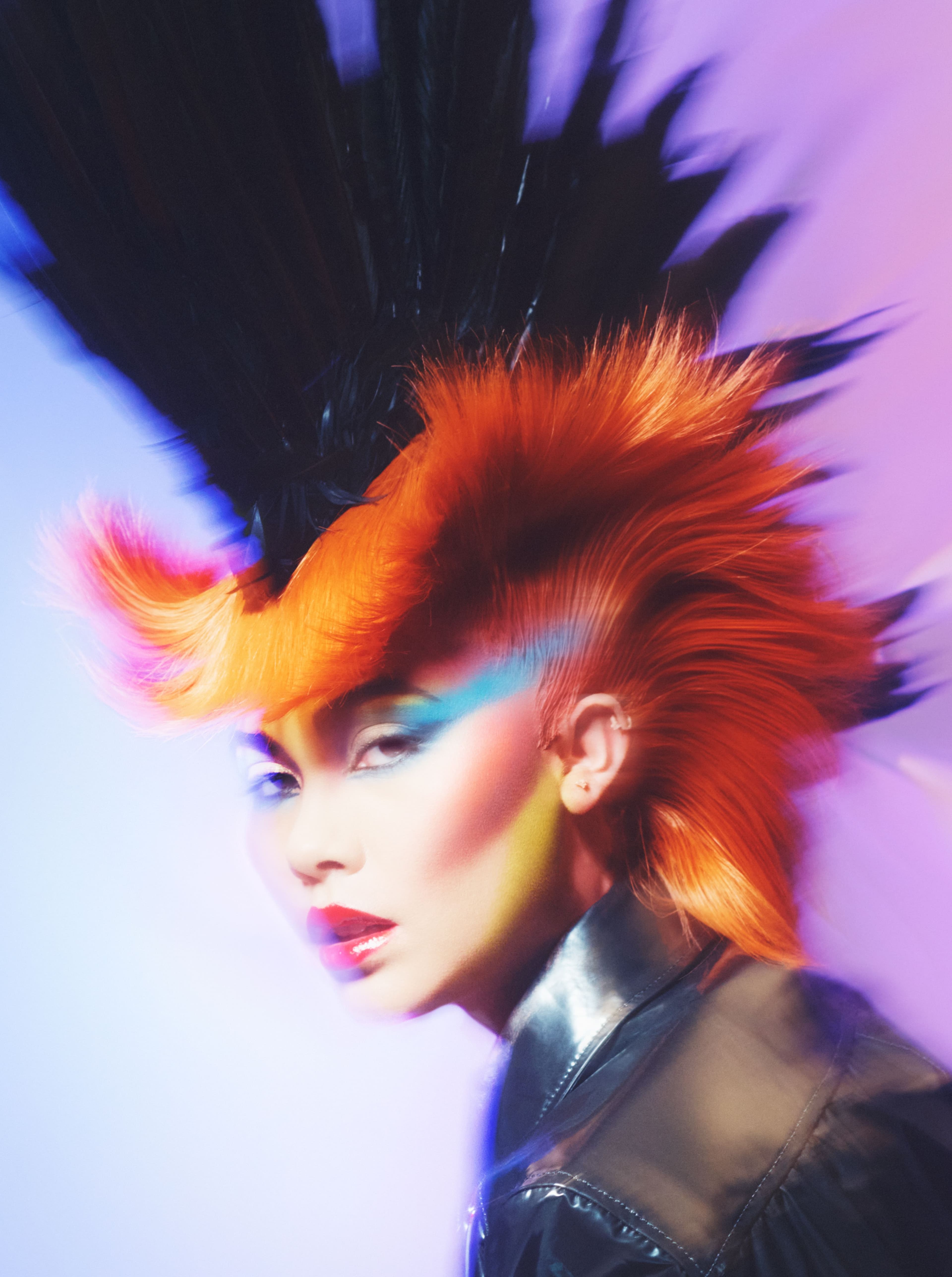
Vintage JACKET by Balenciaga from Cloak Wardrobe. HAT by Eugenia Kim.
Prior to her work in pop music, Kiyoko first became known to many as an actor in Disney projects Lemonade Mouth and Wizards of Waverly Place, as Velma in two Scooby-Doo TV films, and on the series The Fosters and CSI: Cyber, among other projects. “I just love expressing myself in any way I have the opportunity to,” she says. “Earlier in my career, my opportunities were through acting and I enjoyed being able to take on certain roles. I think I most definitely will be acting in the future.”
As she shifted her focus to music, Kiyoko released three EPs beginning in 2013 before recording her first album, 2018’s Expectations, part of which was born from the aftermath of a concussion she suffered two years earlier that led her to experience depression and anxiety. Kiyoko realized she was navigating a new level of physical and emotional turmoil like never before and simply trying to survive. These emotions gave way to the “wall of sound” the artist describes as the Expectations album. After some time away and a global pandemic, the performer’s second LP, 2022’s Panorama, brought a healthier frame of mind. “With Panorama, it was like, ‘What does this big picture mean?’ These moments in life that feel like life or death are massive, but they’re also just small moments in this big timeline of our life and the time that we have on Earth,” she says. “I was able to bring more perspective of the pain and the highs and lows.” She adds that she has made peace with the fact that she may experience times of upheaval in life once again and now realizes those are experiences she must contend with and that a positive resolution will be waiting on the other side.

DRESS by Noir Kei Ninomiya
One of those positives was the publication last May of the Girls Like Girls novel, which reached the top of the New York Times’s Best Seller list for Young Adult Hardcover in its first week, an accomplishment that was particularly astounding considering the book bans that have been sweeping across the country. In the 2022-2023 academic year, more than fifteen hundred books were banned in American schools, many of them pertaining to LGBTQ+ subject matter. In this environment, for a debut novelist to reach number one with a sapphic romance aimed at young readers was no small feat. “I’m just so excited that it’s been released in over fourteen countries and translated into over eight languages. My dream is for a young kid or person to have this book in their backpack or be able to listen to it in their headphones,” Kiyoko says. “I want to ignite hope for people navigating self-love. The whole purpose of releasing this novel is to reach as many fans as I could.”
The Girls Like Girls novel broadens the story of the song’s music video and is set in 2006, the summer before two girls, Coley and Sonya, are set to begin their senior year of high school. Coley, who has recently moved to Oregon with her father after her mother’s death, quickly falls in love with Sonya while Trenton, Sonya’s on-and-off boyfriend, stands in their midst.
The novel is also a testament to Kiyoko’s journey and growth. She says her goal at first was to be a pop star and then she discovered all of these unexpected avenues to tell stories. “It was honestly the most freeing thing to do to write this novel and have the creative freedom to take it wherever I wanted to take it,” she adds. “When I direct music videos, there’s a specific budget and time. You’re creating out of nos. With writing a novel, you’re expressing yourself, you’re creating in a space of yes.”

All JEWELRY by Area
When it was time to start the writing process, Kiyoko began outlining and creating a structure for the story, placing the earlier music video at the end of the novel and establishing everything leading up to it as a prequel. She also went through several discussions with her editors about the character arc of Sonya, who toys with Coley’s emotions while figuring out her own sexuality and home life throughout the story. “The biggest struggle was, how do I redeem Sonya enough where we are happy for both of them? I think it’s hard when you’re navigating love and being loved back when you’re younger, especially when you get rejected because you take it so personally,” Kiyoko explains. “A lot of the time that person who rejects you may be going through something else other than you. I think that certain people and humans deserve redemption. I was trying to navigate that dynamic between the two.”
The decision to set the novel in 2006 was meant to reflect Kiyoko’s lived experience when she was a teenager and her life mirrored that of Coley. She was able to infuse personal details like her own taste in music and the use of LiveJournal alongside many of the key plot points, such as going to a girl’s house to ask for a jacket and getting turned down. The writing experience prompted Kiyoko to go through old journal entries, which allowed for some healing from the rejection she experienced at the time.
Beyond first love and rejection, Girls Like Girls deals with the universal theme of navigating grief and loss through a very specific lens. Grief is one of the most challenging aspects of the human experience and can stay with someone and change the trajectory of their entire life. People are forced to move through a world that isn’t equipped or particularly interested in helping them through their suffering. Kiyoko understands this firsthand. “My mom lost her mom when she was really young and it shaped her life. I’ve navigated grief in my own personal life,” she says. “It was really important and I thought it was a really interesting conversation to think Coley was also grieving the fact that her mom never really fully knew her. Some may know you, not all of you. As a queer person, you navigate that a lot where maybe you show only a certain side of yourself because you don’t want to be rejected for your whole self. What does that look like for someone like Coley who never really got to share that with her mom and now lives with her estranged father? How does she navigate and work through that?”

Vintage TOP by Mugler from Albright Fashion Library. EARRINGS by Patricia Von Musulin.
As someone who came out after the death of my mother at a young age and will always be left with the reality that she will never know me in totality, I thank Kiyoko for her inclusion of such a particular experience. Her eyes soften and deepen.
Kiyoko’s work deals with the many difficult and interwoven issues that plague so many people who are grappling with how to find solace and the strength to work through questions of identity and loss and move beyond avoidance into fuller lives. Although the conversations and internal monologues within her work can be difficult to face, it never feels that way listening to, watching, or reading her work. This feeling of comfort and borderline escapism is in part due to Kiyoko’s vibrant palettes. “What I’ve realized as a creator, when I write music, I identify it with color and so color to me is the conductor of how people feel. With my music videos and directing, I want to create a world that feels nostalgic, warm, and welcoming, even if it’s hardship or challenging,” she says. “I feel like the color conducts how the audience member is welcomed in or shut out.”
At just thirty-two, Kiyoko says there are still so many stories she would like to have a hand in creating that move the conversation forward. She has not ruled out a return to film, not only in front of the camera but also continuing to direct, write, and even compose scores, along with writing more novels. “I’m working on new music right now,” she notes. “I will always be grateful for the opportunity to create and share my voice. I feel very grateful for all my fans and supporters who’ve continued to allow me to dream.”
As our chat comes to a close, I thank her for her ability to amplify and express creatively what so many people on the margins are experiencing. Her drive to push forward, embrace the uphill battles, and highlight the nuances of lesbianism and queerness are especially needed now and will continue to be. What a blessing to have our own Lesbian Jesus.
Girls Like Girls is out now. Be one of the first to read this story and many more in print by ordering our seventh issue here. Kiyoko has selected the Human Rights Campaign, which champions the rights of LGBTQ+ people, particularly those who are trans, people of color, and HIV+, as the recipient of proceeds from direct sales of CERO07.

As a nonprofit arts and culture publication dedicated to educating, inspiring, and uplifting creatives, Cero Magazine depends on your donations to create stories like these. Please support our work here.


